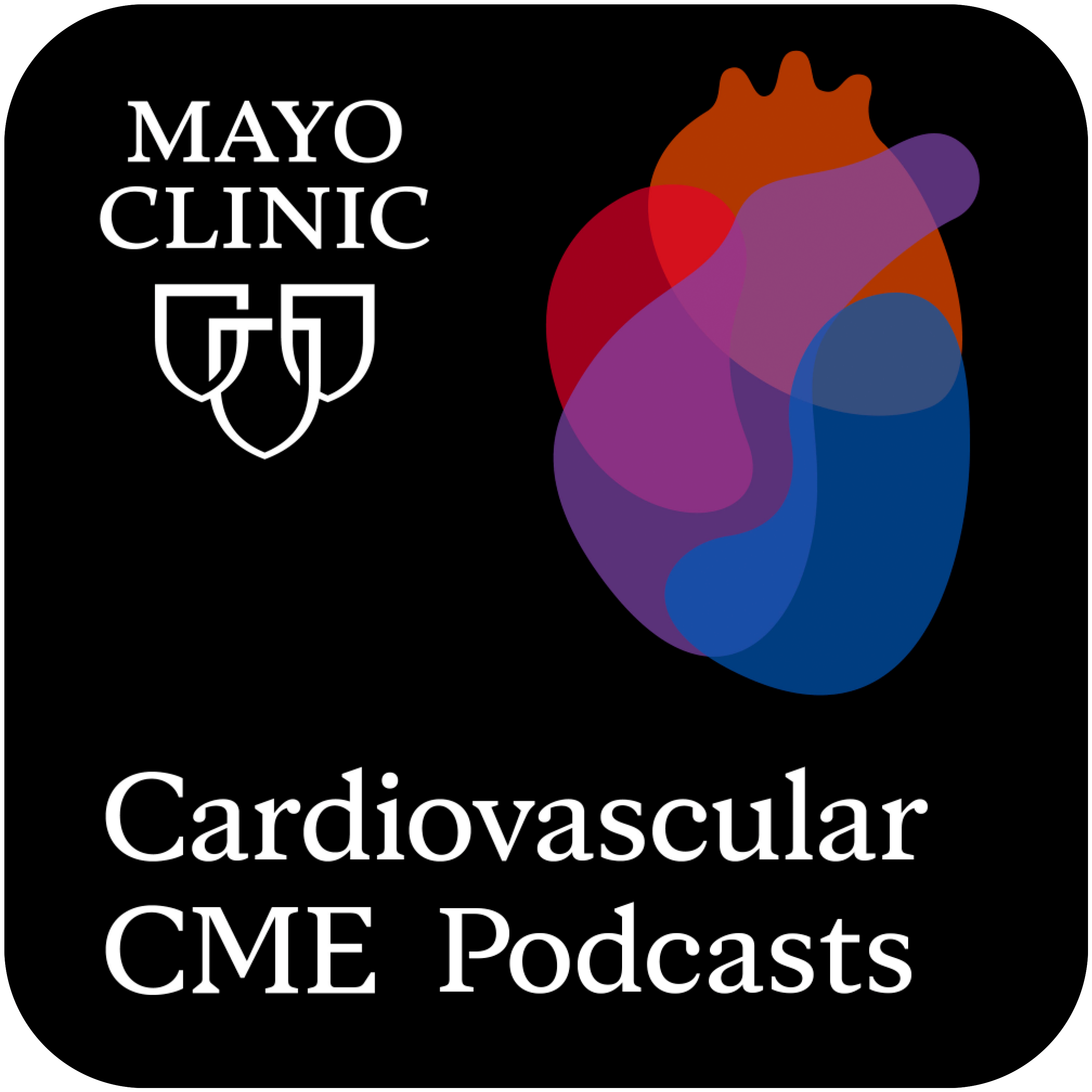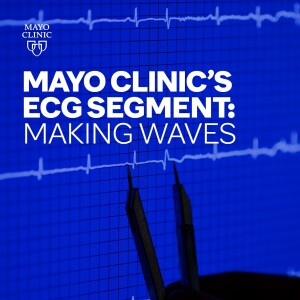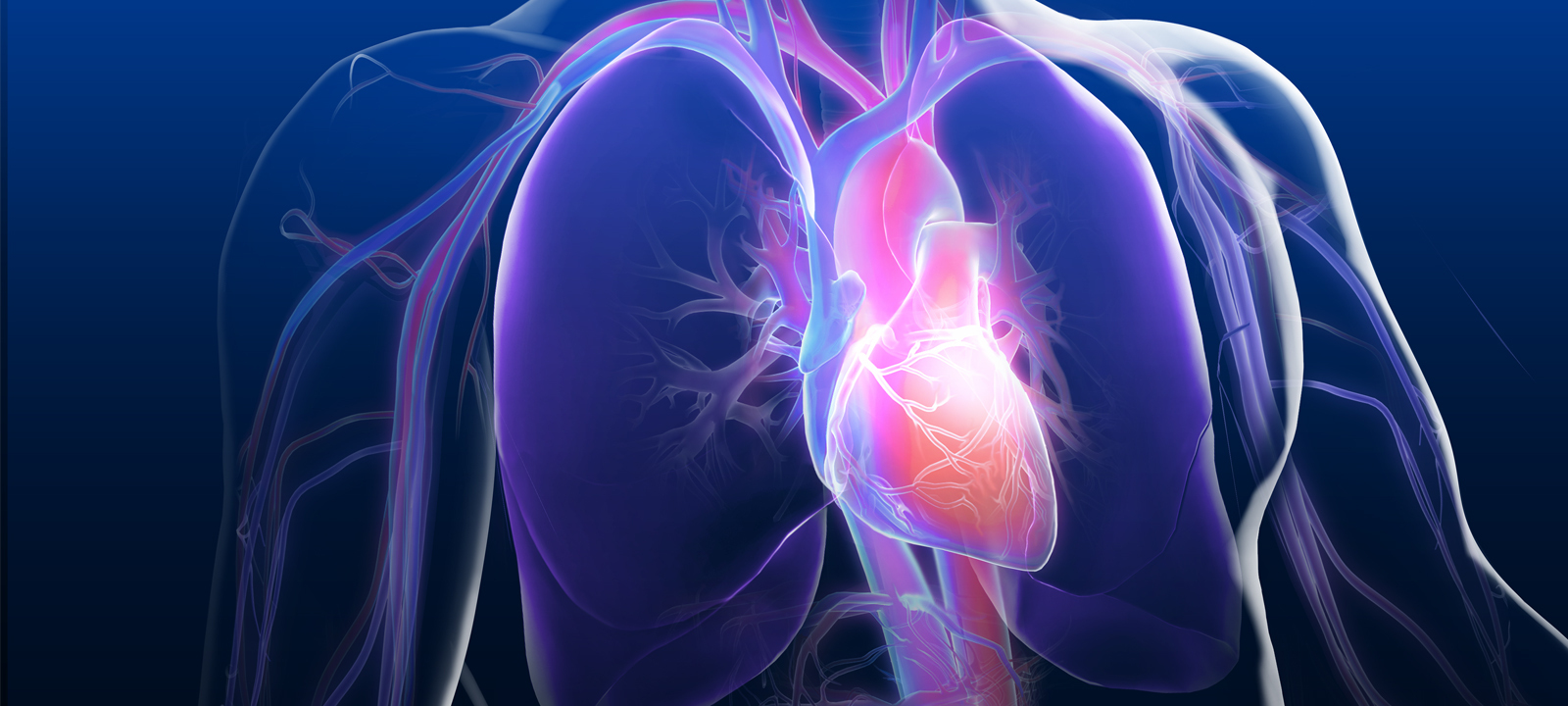
376.8K
Downloads
260
Episodes
The Cardiovascular CME podcast is a free educational offering from Mayo Clinic, featuring content geared towards physicians, physician assistants, and nurse practitioners who are interested in exploring a multitude of cardiology-related topics. Tune in and subscribe to explore today’s most pressing cardiology topics with your colleagues at Mayo Clinic and gain valuable insights that can be directly applied to your practice. No CME credit offered for podcast episodes at this time.
Episodes

Thursday Sep 29, 2022
Computerized Left Ventricular Hypertrophy Detection
Thursday Sep 29, 2022
Thursday Sep 29, 2022
Computerized Left Ventricular Hypertrophy Detection
Guest: Bob Farrell, Ph.D.
Hosts: Anthony H. Kashou, M.D. (@anthonykashoumd)
When the heart in the human body's source to pump blood has decreased, it is referred to as the left ventricle. Furthermore, the hypertrophy or the heart's wall eventually loses its firmness, which leads to a higher risk of hypertension or high blood pressure. Often, the heart tends to lose its ability to pump blood. In addition, some signs to stay aware of are feeling fatigued, dizziness, fainting, and frequent chest pain. Patients affected by Left Ventricular Hypertrophy are more at risk of becoming diagnosed if they experience decreased or increased heart rhythm signals or congestive heart failure. Therefore, when the doctor recommends testing, an Electrocardiogram is used to record signals to test the heart rhythm and abnormalities. In addition, an MRI or Echocardiogram is used to test Computerized Left Ventricular Hypertrophy as well.
Joining us today to discuss Computerized Left Ventricular Hypertrophy Detection is Bob Farrell, Ph.D., Principle Engineer in Diagnostic Cardiology at GE Healthcare in Milwaukee, WI. Furthermore, Dr. Farrell is currently a member of the board of directors of the International Society of Computerized Electrocardiology.
Specific topics discussed:
- With other modalities available to clinicians (e.g., echo, cardiac MR), is ECG still relevant in the discussion of LVH?
- You have recently made some updates in the GE “12SL” program related to LVH. What drove the changes that you made?
- Customer feedback, opaqueness of the criteria, ACC/AHA recommendations to manufacturers
- So what were the changes you made?
- How did you pick which of the many criteria out there to use and how important was it to explicitly list the positive criteria in the interpretation?
- You mentioned earlier that ECG-LVH is an entity in its own right and is associated with poorer outcomes. Can you talk about ECG-LVH and risk prediction, and how the changes you’ve made in the GE 12SL program aid in the risk prediction?
Connect with Mayo Clinic's Cardiovascular Continuing Medical Education online at https://cveducation.mayo.edu or on Twitter @MayoClinicCV and @MayoCVservices.
Facebook: MayoCVservices
LinkedIn: Mayo Clinic Cardiovascular Services
NEW Cardiovascular Education App:
The Mayo Clinic Cardiovascular CME App is an innovative educational platform that features cardiology-focused continuing medical education wherever and whenever you need it. Use this app to access other free content and browse upcoming courses. Download it for free in Apple or Google stores today!
No CME credit offered for this episode.
Podcast episode transcript found here.
